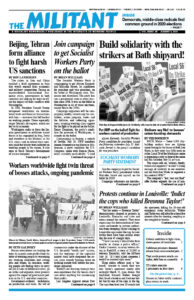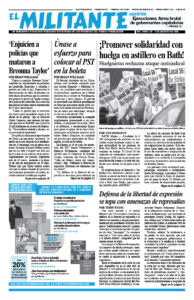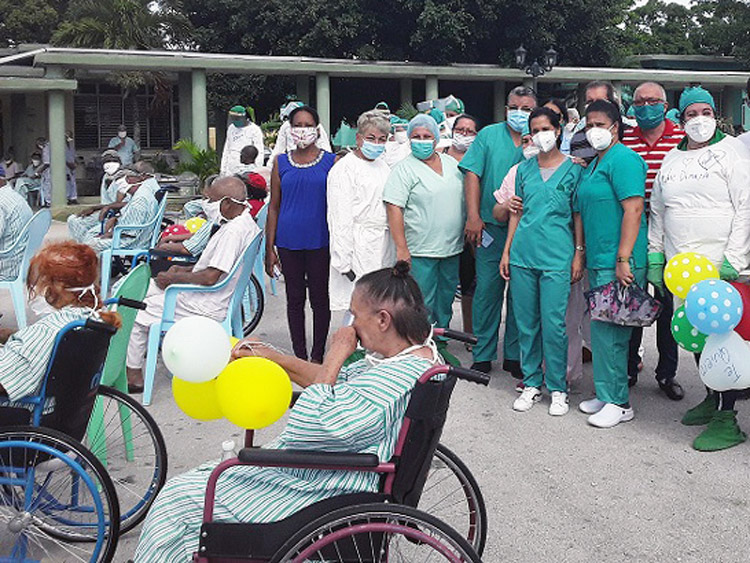Revolutionary Cuba has virtually stopped the spread of COVID-19 on the island, has the highest success rate in the world in treating those sickened by the virus and the lowest death rate. This is a powerful example of the difference a socialist revolution makes.
Most of the island has been free of the disease for more than a month. An outbreak of 12 people who tested positive in one town in Artemisa province July 22, and one case in Villa Clara, stand out precisely because of the overall success in controlling the disease.
In Cuba, with 11.3 million inhabitants, 87 people have died from the virus over the last several months. Compare that to New York City, with a population of almost 8.4 million where at least 23,000 have died. In the U.S. there have been some 42 deaths per 100,000. In the Dominican Republic the figure is 9 per 100,000. In Cuba it’s 0.8!
The reason for the difference is not complicated. In the U.S. and the rest of the capitalist world health care is a commodity sold for profit, and access to doctors, clinics and drugs are dependent on what class you belong to. In Cuba health care is a right.
But it’s not just that Cuba has a free health care system — no small accomplishment in itself. Doctors, nurses and thousands of volunteers in every neighborhood and throughout the countryside make daily home visits. In the face of the dangers presented by COVID-19, the revolutionary government and mass organizations mobilized working people and youth to confront the challenge.
This is only possible because in 1959 workers and farmers in Cuba, led by Fidel Castro and the July 26 Movement, took power out of the hands of U.S. imperialism and the native capitalist class, and brought to power a workers and farmers government. Under dog-eat-dog capitalism the watchword is every man for himself. In revolutionary Cuba it’s no one is left on their own.
Factories — where workers have control of all aspects of the organization of production — were reorganized to limit the spread of the disease, including spreading out work stations and improving hygiene. In some cases what was produced was changed, to meet people’s needs. Staffing at facilities for senior citizens, who are the most vulnerable to the virus, was beefed up. The opposite happened in the U.S., where nursing homes became a deathtrap.
Volunteers — medical students and members of mass organizations, including the unions, the women’s federation and others — were mobilized to visit as many homes as possible every single day to check on everyone, help anyone who didn’t feel well, and find those with symptoms of the disease and make sure they were getting the medical care they needed.
In fact, despite few new cases of the virus today, some 3 million visits are still being organized daily.
Unlike in the U.S., where thousands are still told to stay home when they get sick and not come to the hospital unless they can’t breathe — guaranteeing that many of those they live with get sick as well and increasing the chance the disease will be fatal — in Cuba everyone who was sick got immediate medical attention and was sent to specialized medical facilities. That made a huge difference in Cuba’s high survival rate.
At the same time, more than 2,000 volunteer Cuban doctors and nurses have gone to 37 countries in response to government requests for Cuban help — from imperialist Italy to Andorra, one of the smallest countries in Europe, and a couple dozen semicolonial countries. The latest internationalist brigade just left for Monserrat, a British “overseas territory” in the Caribbean. Despite a vicious propaganda campaign by Washington seeking to slander these missions, they are winning respect for the revolution across the globe.
“I am aware of the position of the United States,” Andorran Foreign Minister María Ubach said, “but we are a sovereign people and we can choose the partners with which we are going to cooperate.”


